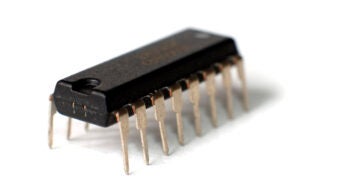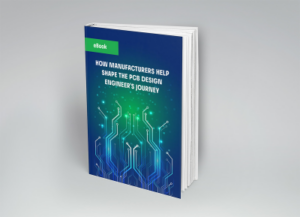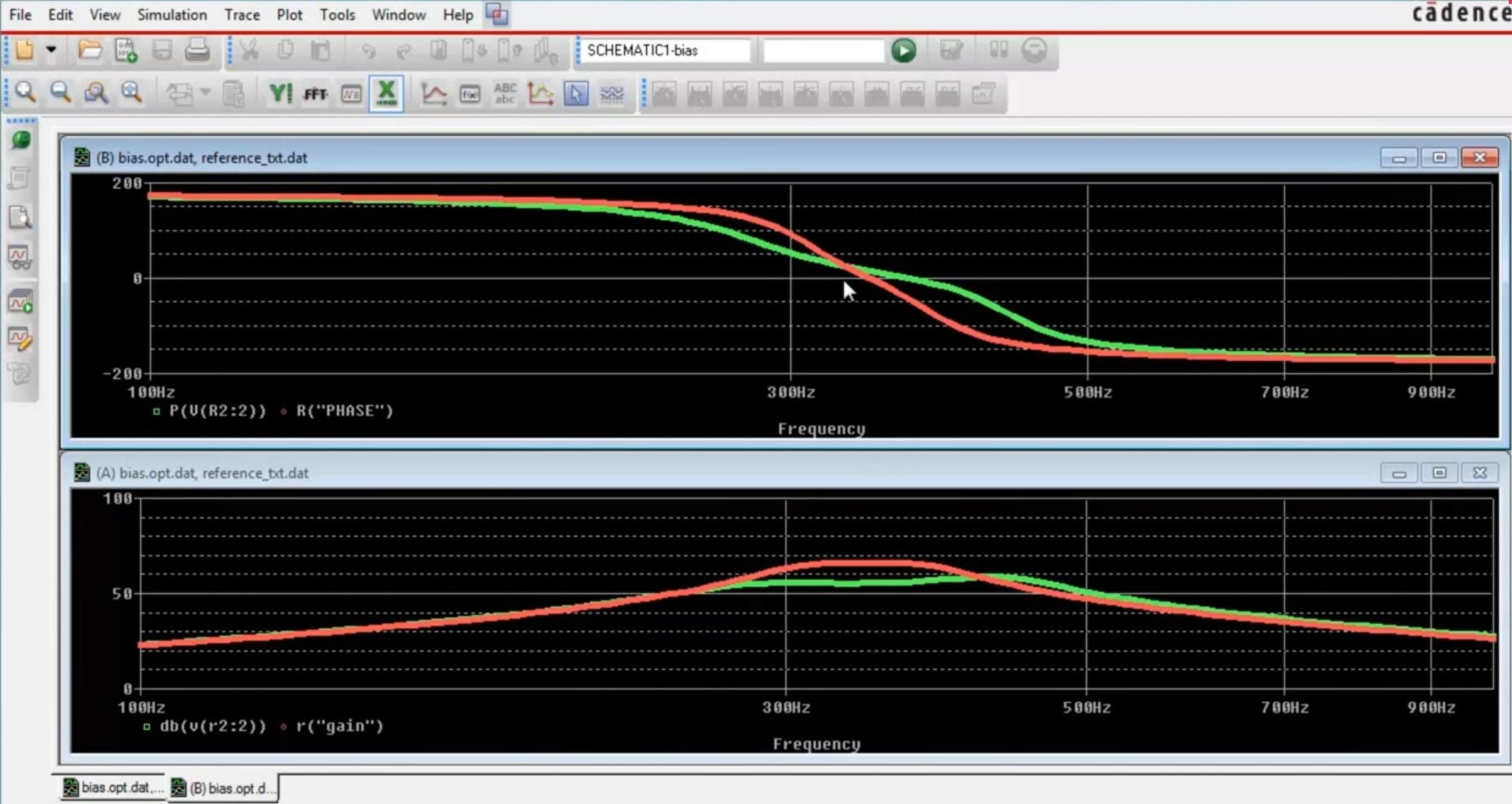
PCB design relies on accurate computer models of manufactured components. Since electronic designers need a wide variety of components to design their own devices, component libraries have become an indispensable part of modern CAD. An important part of many component libraries are models for one of the first and most influential simulation engines, SPICE, developed by UC Berkeley in California.
Since then, variants of a SPICE model library have become increasingly popular for both general and specific PCB applications. PCB design programs have been integrating SPICE model downloads into these libraries for more than 20 years, making the component design process much easier than in the past.
SPICE: The Final Frontier (Before and During Layout)
Any reasonable designer is going to know that SPICE, even if these simulations can be tedious at times, is their best friend when it comes to verification and layout. Often bad designs go through multiple iterations due to errors. Simulation can prevent these multiple iterations, saving time and money. Having accurate SPICE models from the get-go improves this workflow efficiency mightily, and ensures that your designs are number one.
Pre-prototype simulation adds cost efficiency to your designs, ensures correct operation of electronic devices before production, and can even be used to optimize an already good design. But in order for any of this to happen, your SPICE models ideally should be connected to both their logical and physical models. Understanding the necessity and vast benefit of SPICE models through the design process, the next step for any enterprise is to confirm where to achieve these model downloads.
Why Are SPICE Model Downloads Important in PCB Library Tools?
SPICE models must be linked to their symbol and footprint. Keeping these SPICE model libraries up to date can be a real challenge. Maintaining consistent, accurate information about so many models is functionally impossible without some form of software assistance. This is where SPICE model downloads come into play. Many PCB library tools offer easy utilities to update component models and footprints when necessary. Without the ability to update component models, PCB designers could be forced to rely on outdated footprints. Outdated footprints could create an incorrect picture of an electronic project’s physical composition or functional ability. Creating defective PCB components could result in significant losses for an electronics manufacturer and the clients who rely on the quality of their components.
SPICE model libraries must handle a large amount of data. PCB project models are only as accurate as the data they contain. It is possible for all SPICE models in a library to be correct, but still have incorrect data in need of an update. Most PCB library tools will allow designers to identify outdated models, problems with compatibility, or violations of design rules. With the right models, a PCB designer should be able to tell with certainty if their design is viable before production or physical testing begins.
What Are the Key Features Needed for Successful Spice Model Downloads within PCB Library Tools?
SPICE models are an essential part of a PCB component library, they do not work in isolation. Features of the PCB library can impact how well SPICE models can serve designers.
It is important to validate designs and ensure correct working operations. This will be much more cost effective when done in the simulation (pre-prototype) phase. To do this, models are needed, and ideally, these simulation models are connected to logical and physical models.
SPICE models rely on verification as an important feature of a PCB library. Library Managers should verify updated SPICE models are correct, as this helps the engineer ensure the component conforms to global electronic standards of safety and durability. Since there are multiple different international standards for electronic manufacturing, an ideal verification operation would involve verification of SPICE models by a PCB library against multiple electronics standards. In-depth verification of this caliber would give designers ample proof their components are reliable.
Finally, SPICE models and related updates should be applicable to many different types of analysis. Simply put, a SPICE model library is only beneficial if it can tell designers something useful. Design rule checking, signal integrity, heat transfer, form factor, and sizing are just a few of the analysis types SPICE model data should contribute to. For example, if a designer wants to check the flow of current through a simulated project, but one of their components doesn’t contain data about current flow, it’s impossible for them to get an accurate representation of current flow throughout the entire electronics project.
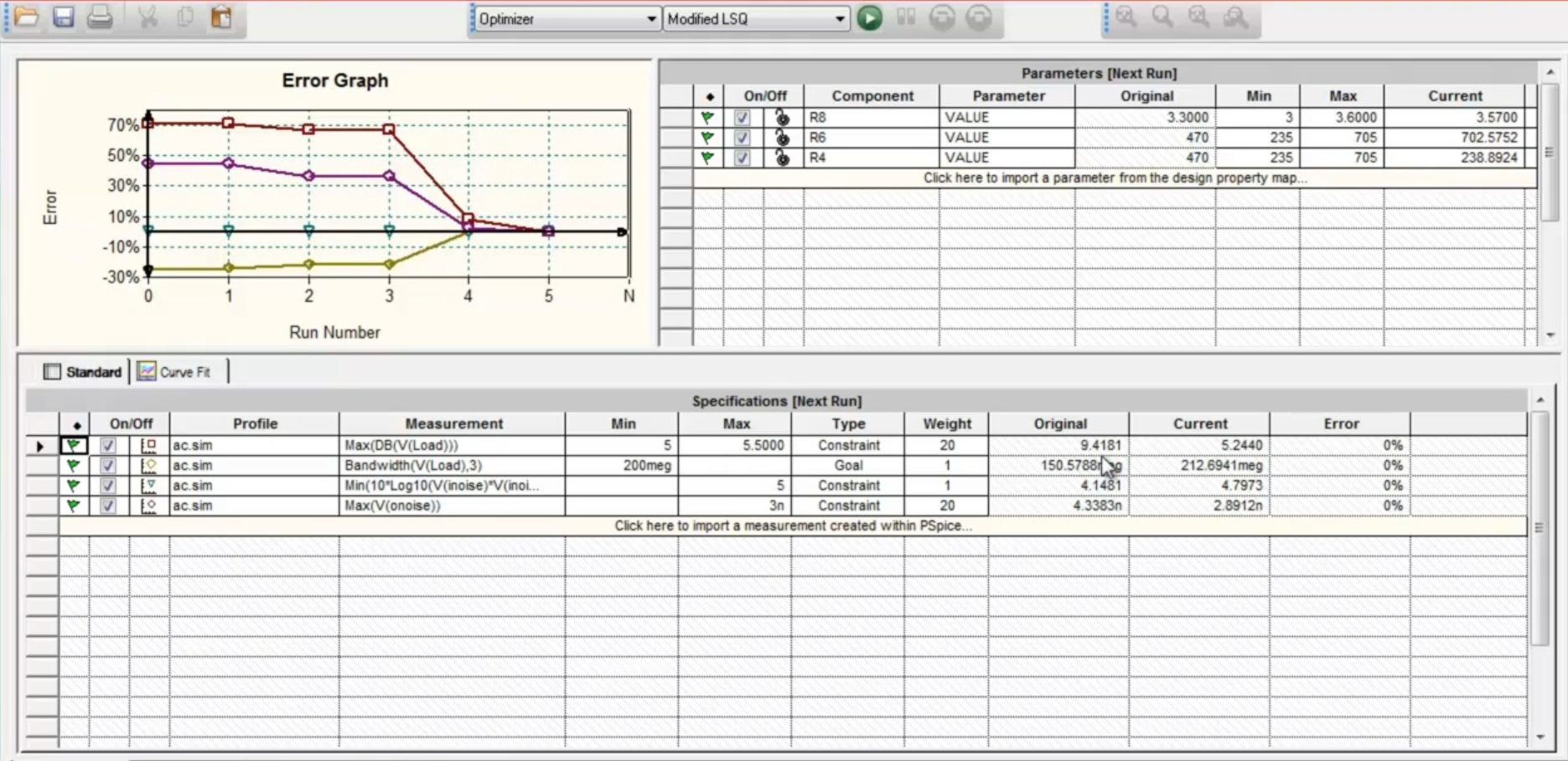
How Can Designers Choose SPICE and PCB Libraries?
Ideally, designers should choose their SPICE model libraries, download utilities, and PCB libraries based on the criteria already covered. It may not always be necessary to select software with such stringent design and capabilities, however, it depends on the components a company is building, and the clients to whom the components are sold. For example, if an electronics manufacturer sells components to companies relying solely on IPC standards, it may not be necessary to have SPICE downloads validated against multiple standards. A general-purpose library may be a better fit in those cases.
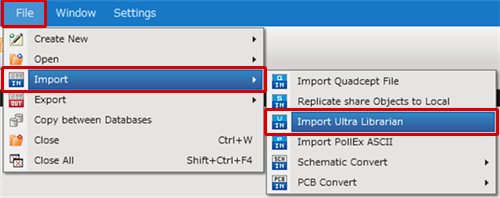
Electronic manufacturers should consider their choices for SPICE model libraries, PCB libraries, and their integrations carefully before settling on a top candidate. An ideal software suite should provide manufacturers with the tools they currently need while allowing enough flexibility for future endeavors.
Ultra Librarian provides reliable PCB library tools, including many SPICE model downloads. Our partnerships with worldwide distributors ensure high-quality components for every project. Working with Ultra Librarian takes the guesswork out of preparing for your next great device and puts your ideas on the road to success. Register today for free!



